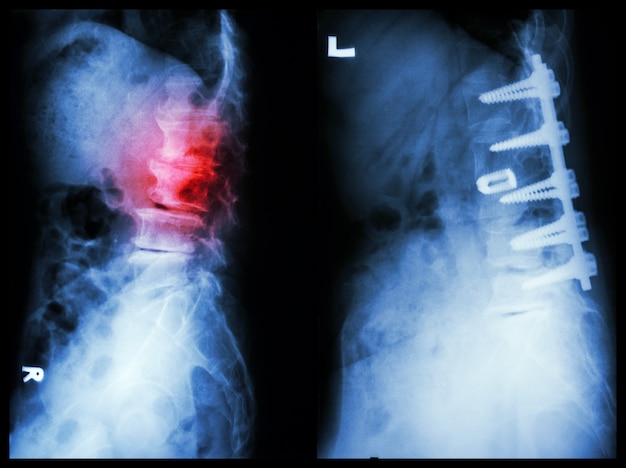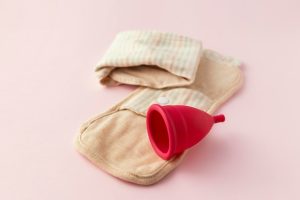
Spondylolisthesis is a common health issue that can lower a person’s life quality by causing pain and reducing mobility. It can lead to continual stress and even disrupt one’s social life. This piece delves into what life with spondylolisthesis looks like and the lifestyle changes that can enhance an individual’s life. We’ll also chart the available remedies, both traditional and alternative, that can alleviate the pain and other symptoms connected with this spinal condition.
In layman’s terms, spondylolisthesis is when one of the bones in your spine, called a vertebra, slips forward and presses against the one below it. It causes discomfort in various areas depending on its location on the spine. Typically, non-surgical methods are sufficient to nix the symptoms, but in more severe situations, surgery may be necessary.
There are two primary culprits of spondylolisthesis: age-related degeneration and overusing the spine. However, some individuals can be born with it. Overuse can occur among young adults who engage in sports, given the potential for unnatural body moves. American football often leads to back injuries, but sports that require twisting, like gymnastics, diving, and volleyball, can be problematic too.
As time goes by, general activities, especially physical jobs, can wear down a person’s spine. High-impact exercises and sports that jolt the back also add unwelcome pressure to the spine. A continual poor posture can exacerbate the issue. As you age, the discs in your spine, which cushion the vertebrae, can dry out and deform, limiting their ability to absorb shocks. The vertebrae may lose density too and become prone to fracturing. Thus, spondylolisthesis is prevalent among those aged over 60.
Certain individuals may have spondylolisthesis due to genetics, particularly those with thinner spinal bone structures. This structural vulnerability can lead to back injuries, eventually progressing to conditions like spondylolisthesis.
Spondylolisthesis’s severity determines its grading, which ranges from 1 to 5. In grade 1, the vertebra has slipped by 1-25%, and it’s usually manageable with regular medical treatments, although surgery may be necessary if the pain becomes unbearable. One option is a mechanical device that replaces the impacted vertebrae, which is beneficial since it maintains spine mobility, unlike a spinal fusion procedure that uses a bone graft.
Making healthier lifestyle choices can significantly reduce spondylolisthesis symptoms. Diet, physical activity, and personal habits greatly influence spinal health. Individuals who lead a healthier lifestyle are typically less prone to back problems.
Embracing a balanced diet is critical, particularly for those struggling with back issues. Foods that cause inflammation, such as processed foods or dishes rich in fats or sugar, can exacerbate problems. On the other hand, consuming plenty of fish, greens, nuts, seeds, and unprocessed grains is beneficial. Regular exercise is crucial too, given it strengthens your back muscles. This can be as simple as walking, bike-riding, swimming, or joining aerobics classes.
A good night’s sleep can lower stress levels and ensures the spine’s discs get plenty of hydration and nutrients. If you’re having sleep issues, consider investing in a supportive mattress. Quitting smoking is useful too, as it can slow down the wear and tear of the vertebrae and discs.
Various treatment options for spondylolisthesis can offer relief in most cases, though everyone’s body responds differently. Some find minor lifestyle adjustments or alternative treatments more effective. Others prefer herbal supplements and frequent massages over painkillers to avoid dependency.
Strengthening back-support muscles through physical therapy can potentially alleviate pain symptoms entirely. Activities like yoga or pilates can have comparable results. Also, maintaining an active lifestyle is crucial when dealing with conditions like spondylolisthesis since prolonged sitting or resting can increase inflammation and amplify pain. Low-impact activities like walking, cycling, or swimming are the best for suffering from back pain.






